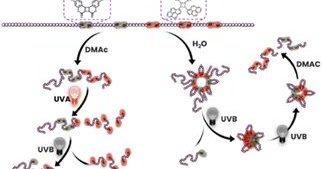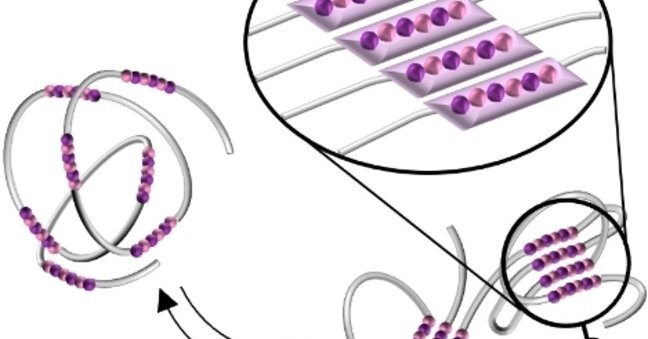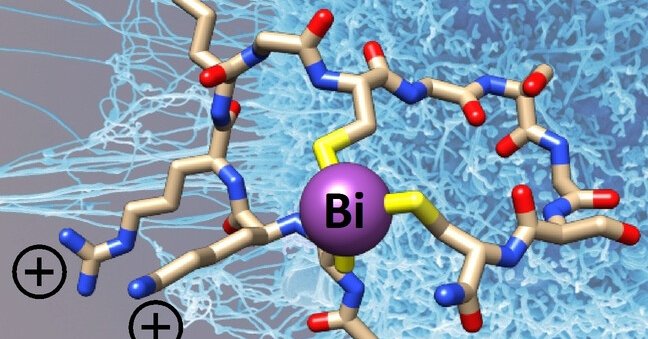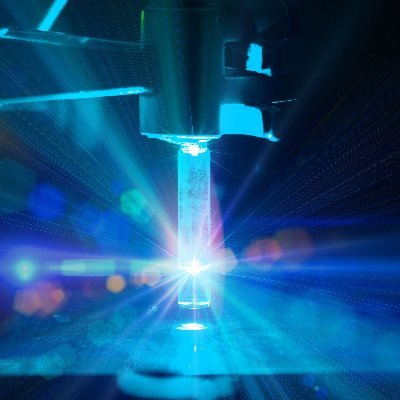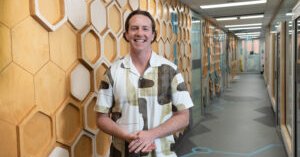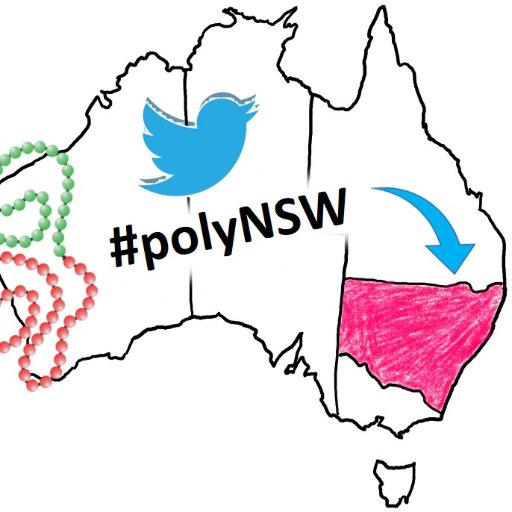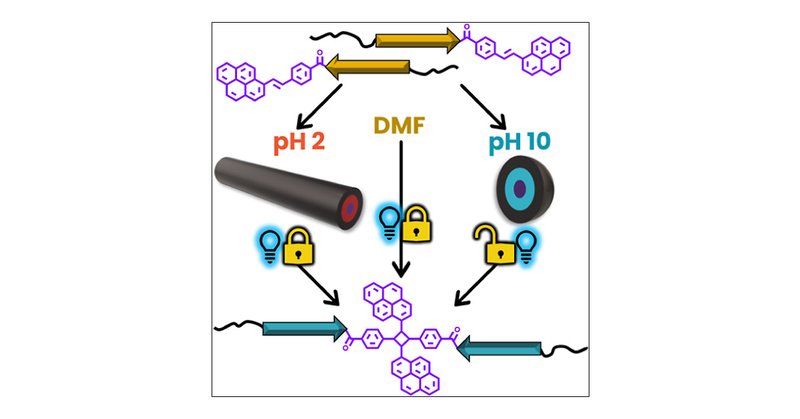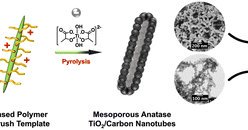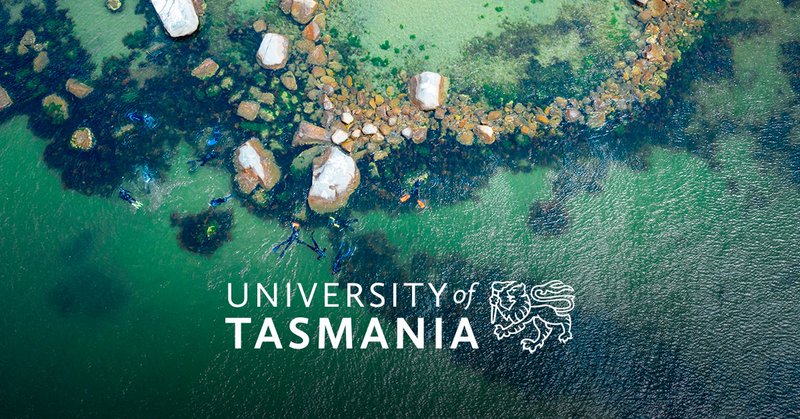
Programming Polymers
@HendrikFrisch
Followers
521
Following
567
Media
11
Statuses
103
Associate Professor @QUT's Soft Matter Materials Lab
Brisbane, Queensland
Joined November 2019
Has anyone ever wished they could degrade specific sections of a polymer on demand? Probably not, but we did it anyway - Check out Phuong's work on remote-controlled polymer degradation in @ChemSci. Enabled by @QUTmaterials and @ANSTO !
pubs.rsc.org
The advent of reversible deactivation radical polymerization (RDRP) revolutionized polymer chemistry and paved the way for accessing synthetic polymers with controlled sequences based on vinylic...
0
9
33
Explore the untapped space of the polymer backbone in Federica's (@federica_sb) short review on Radical Ring-Opening Polymerization: https://t.co/pxIRkpoZf3
1
1
36
Join us for this year's first seminar series organised by @RACIQld polymer group and @QUT with invited guest speaker Dr Nat Corrigan on Tuesday May 21st. Please register via https://t.co/LwI4LeWyfZ or the QR code. Hope to see you all there and later at the Botanic Bar for drinks!
0
3
13
pH-Controlled Reversible Folding of Copolymers via Formation of beta-sheet Secondary Structures (Hendrik Frisch and co-workers) @HendrikFrisch @federica_sb
onlinelibrary.wiley.com
Using radical ring-opening polymerization, short pH-responsive peptides are embedded into the main chain of vinylic polymers. Controlled by pH, these defined peptide sequences dictate the reversible...
0
2
11
Cell-Penetrating Peptide-Bismuth Bicycles (Christoph Nitsche and co-workers) #openaccess @NitscheLab @RademannLab @fubcp @lizjnew @DZIF_ @newgroupchem @BartenschlagLab @PeptideStudio
onlinelibrary.wiley.com
Peptide-bismuth bicycles can effectively penetrate human cell membranes. They are easy to synthesize, require only three positive charges for cell entry, and their uptake can be monitored by mass...
1
11
55
Discover how sequence-defined β-sheet encoded amino acid sequences within synthetic polymers translate into pH-responsive intramacromolecular self-assembly. Check out our first paper of the year by Federica Sbordone (@federica_sb) in @angew_chem! 👉 https://t.co/UHnctuYIVr
1
4
30
#QCMSsuccess We are thrilled to acknowledge the success of QCMS PhD researcher @BaileyRicho00, worthy recipient of @ATSE_au 2023 Ezio Rizzardo Polymer Scholarship for outstanding #polymer research. Congratulations! https://t.co/KdKFr1OIHp
#ATSEAwards #QUTresearch
research.qut.edu.au
QCMS PhD student and researcher Bailey Richardson has received the 2023 Australian Academy of Technological Sciences & Engineering (ATSE) Each year the...
Excited to announce our 2023 Ezio Rizzardo Polymer Scholarship recipient, @BaileyRicho00! 👏 🌟 As a PhD student at @QUT, Bailey aims to understand the natural designs that allow certain biopolymers to use light efficiently. Read more: https://t.co/P3u8JiUe03
#ATSEAwards
0
3
13
I'm extremely excited that I get to share this news with all of you! I am honoured to be the recipient of the 2023 Ezzio Rizzardo Polymer Scholarship. I would like to thank @ATSE_au for the award as well as @HendrikFrisch for your constant guidance and supervision.
Excited to announce our 2023 Ezio Rizzardo Polymer Scholarship recipient, @BaileyRicho00! 👏 🌟 As a PhD student at @QUT, Bailey aims to understand the natural designs that allow certain biopolymers to use light efficiently. Read more: https://t.co/P3u8JiUe03
#ATSEAwards
1
3
29
This week in journal club: Lets talk about David Baker's mindboggling Nature paper - I think this has some pretty significant implications for the SCNP community https://t.co/c8b398DWAS. Join us every Friday, 1:40-2pm on Teams ( https://t.co/eyMHkTbdMN).
nature.com
Nature - Fine-tuning the RoseTTAFold structure prediction network on protein structure denoising tasks yields a generative model for protein design that achieves outstanding performance on a wide...
0
2
1
Visible-Light-Induced Control over Reversible Single-Chain Nanoparticle Folding (Christopher Barner-Kowollik and co-workers) @Barner-Kowollik @HendrikFrisch @AKroesky #openaccess
onlinelibrary.wiley.com
Bimanes allow the synthesis of water-soluble single-chain nanoparticles (SCNPs) and enable the effective unfolding with mild visible light from a compact structure into a linear chain. The unfolding...
0
6
22
#curiositydrivenQCMS Our researchers @HendrikFrisch, @federica_sb and @BaileyRicho00 find inspiration in nature to work towards structure control for synthetic #materials. 📑 Check out their latest contribution to the field: https://t.co/RTbl702Voe
https://t.co/9rdC7DlSoa
#QUT
1
4
22
Peptide Self-Assembly Controlled Photoligation of Polymers | Journal of the American Chemical Society @HendrikFrisch @QUT @BaileyRicho00
@DmitriGolberg @DrChaoZhang #Peptide #SelfAssembly #Photoligation #Polymers
pubs.acs.org
Highly efficient chemical ligations that operate in water under mild conditions are the foundation of bioorthogonal chemistry. However, the toolbox of suitable reactions is limited. Conventional...
0
5
24
Using Peptide Self-Assembly to Switch [2+2] Photocycloadditions ON or OFF. Check out the first paper from @BaileyRicho00 ‘s PhD project published in @J_A_C_S. Special thanks to @DmitriGolberg and @DrChaoZhang for the stunning TEM work! https://t.co/n9Ng0U4EfF
pubs.acs.org
Highly efficient chemical ligations that operate in water under mild conditions are the foundation of bioorthogonal chemistry. However, the toolbox of suitable reactions is limited. Conventional...
1
6
51
Congratulations to #QUT's Prof @BarnerKowollik who has been named the winner of the Royal Society of Chemistry’s Centenary Prize in recognition of brilliance in research and innovation @RoySocChem #RSCPrizes @QUTmaterials
https://t.co/YwyayTZYGO
3
2
72
Our Research Training Group on 'Structure Formation of Soft Matter at Interfaces' has 10 openings. PhD candidates with a background in polymer science, supramolecular chemistry, physics at interfaces, multi-scale modeling and soft matter theory can apply: https://t.co/2CJvAJEMKX
0
19
51
From filter paper to lithium ion batteries, @Alicia_YTCheng shows how we can produce carbon/titania nanotubes as anode materials from polymer-grafted nanocelluloses. https://t.co/VzPPqQUZvl
@SydneyChemistry @SydneyNano #polynsw @PolymChem #OpenAccess
pubs.rsc.org
Cellulose nanocrystals (CNCs) are a renewable nanomaterials platform. Their characteristic one-dimensional morphology and surface chemistry offer opportunities for the templated synthesis of functi...
0
4
23
🚨 job alert! 🚨 I'm recruiting for a post-doctoral research fellow in polymer and materials chemistry! Start June 2023. 🔗: https://t.co/71B0BgfruH Please RT! @RACInational @polyNSW @RACIQld
careers.utas.edu.au
6
45
79

